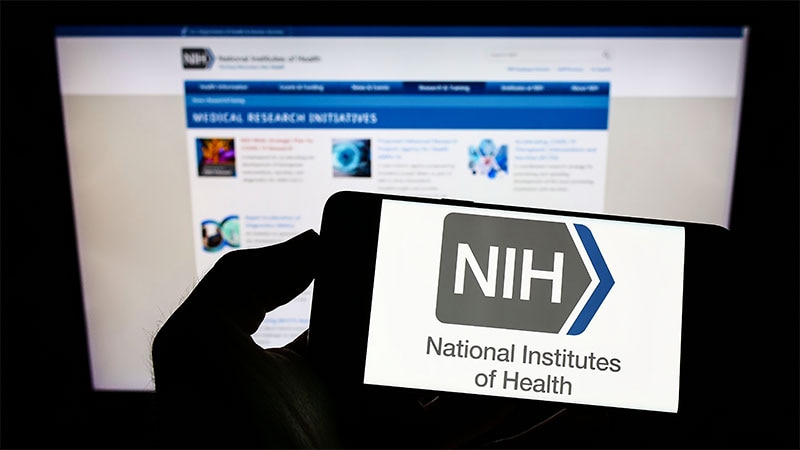The National Institutes of Health (NIH) has unveiled its first agency-wide strategic plan to address autoimmune diseases, supporting research on preclinical autoimmunity, early diagnosis, and innovative therapies. An estimated 23.5-50 million Americans are living with one or more autoimmune diseases.
The initiative follows a congressional directive in 2023 that led to the creation of the NIH Office of Autoimmune Disease Research (OADR) within the Office of Research on Women’s Health. The office convened a committee with representatives from multiple NIH institutes and centers to develop the plan, gathering input from researchers, clinicians, patient advocates, and people living with autoimmune diseases to define research priorities.
The initiative “is long overdue,” said Sonia Sharma, PhD, of the Center for Autoimmunity and Inflammation at La Jolla Institute for Immunology in La Jolla, California, in an interview with Medscape Medical News. “Individually, some folks may consider these rare diseases; but as a collective, they are not rare and they are increasing.”
While NIH investment in autoimmune disease research has increased from $822 million in 2014 to more than $1 billion in 2024, according to the NIH Research Portfolio Online Reporting Tools (RePORT), “current funding levels are not proportional to the rising prevalence of autoimmune diseases, highlighting a significant gap,” said OADR Director Victoria Shanmugam, MBBS, in a video introducing the initiative.
The launch of this plan comes at a precarious time for medical research funding. Over 2480 NIH grants, totaling $8.7 billion, have been canceled as of mid-June, according to Scientific American. The proposed Fiscal Year 2026 budget also includes a $18 billion cut to the NIH, a nearly 40% reduction from the current NIH budget.
It’s unclear if these cuts could affect this initiative, and the announcement included no funding details.
The 5-year plan, announced on July 21, 2025, will run from 2026 through 2030 and has the following priorities:
- Accelerate scientific discovery in diagnosis, treatment, prevention, and cure of autoimmune diseases.
- Promote research to enhance health for people living with and at risk for autoimmune diseases.
- Support research to understand the full complexity of autoimmune diseases.
- Build and maintain capacity for autoimmune disease research.
- Build and strengthen partnerships and interdisciplinary collaboration across the autoimmune disease community.
One research area emphasized in the plan is preclinical immunity, referred to as the prodrome, where autoantibodies and other markers of autoimmunity are present, yet symptoms have not yet developed.
“That’s the black box of autoimmunity,” Sharma said. Studying the preclinical phases of disease could lead to earlier diagnosis, treatment, and potentially prevention, she added.
The plan also included five “crosscutting themes”: develop infrastructure, support multimodal data-driven approaches, promote engagement of all patient populations, support community partnerships, and harness technologies to advance autoimmune disease research.
Currently, the strategic plan lacks detailed timelines, but experts anticipate greater specificity as it advances.
“We would like to see more clarity around a timeline with specific deliverables, but that can’t occur until they understand what and where the resources will be located,” said Molly Murray, president and CEO of the Autoimmune Association, in a statement to Medscape Medical News. She emphasized the need for “specific, measurable milestones,” particularly for early disease detection and testing.
“We also want to see greater detail on how NIH will partner with existing centers of excellence in autoimmune research, and how patient voices will be consistently integrated into research design and priority-setting,” she continued. “Ultimately, we’re looking for this plan to become more than a document, but rather a catalyst for sustained coordination, investment, and accountability across the entire NIH enterprise.”
